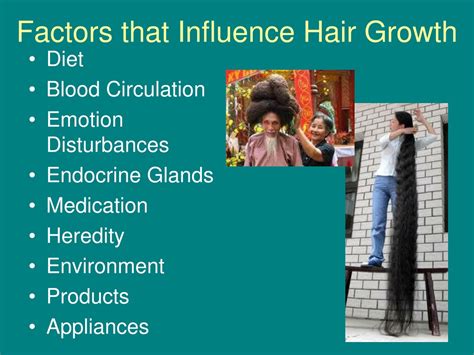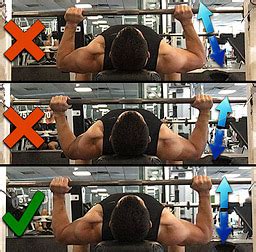The Complex Tapestry of Male Body Hair
The presence, pattern, and density of body hair in men vary significantly from one individual to another, creating a unique biological tapestry. This variability is not random but is governed by a sophisticated interplay of biological mechanisms and inherited traits. Understanding these factors sheds light on why some men are more hirsute than others and why hair grows in specific areas.
The Dominant Role of Androgens
At the forefront of male body hair development are androgens, a group of hormones that includes testosterone and dihydrotestosterone (DHT). These hormones are responsible for the development of secondary sexual characteristics in men, including the growth of terminal (thick, coarse) hair on various parts of the body such as the chest, back, abdomen, limbs, and face.
Hair follicles in different body regions exhibit varying sensitivities to androgens. For example, scalp hair follicles can be sensitive to DHT, leading to male pattern baldness, while follicles on the chest or face may be stimulated by DHT to produce thicker, more robust hair. The level of circulating androgens, coupled with the sensitivity of target hair follicles, dictates the extent and density of body hair.
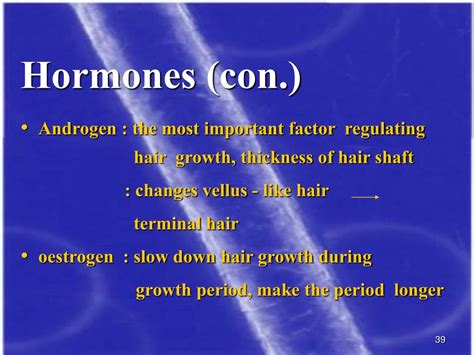
Genetic Blueprint and Inheritance
While hormones provide the trigger, genetics lay down the blueprint. The predisposition for a certain pattern and density of body hair is largely inherited from one’s parents. This is not typically due to a single gene but rather a polygenic trait, meaning multiple genes interact to determine the outcome.
Genetic factors influence various aspects, including the number of hair follicles, the duration of their anagen (growth) phase, and crucially, the sensitivity of these follicles to circulating androgens. This explains why men within the same family often share similar hair patterns, even if their hormonal levels aren’t identical.
The March of Time: Age-Related Changes
Body hair development is a dynamic process that evolves throughout a man’s life. Puberty marks the initial significant surge in androgen production, leading to the emergence of terminal hair on the face (beard), chest, and other body parts. This process can continue into a man’s 20s and even 30s as hair density and coverage gradually increase.
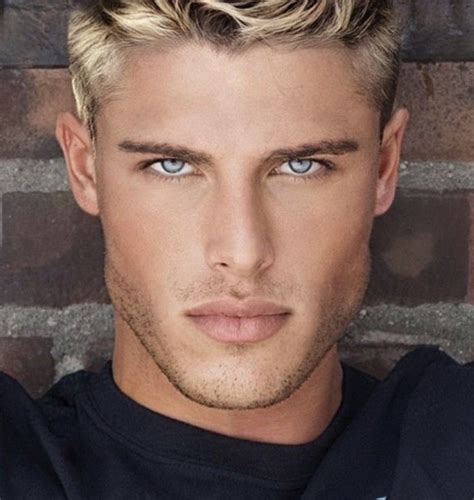
In later life, as androgen levels may naturally decline, some men might experience a thinning or reduction in body hair density, while others might see hair grow in new or unexpected places, often related to shifts in the hair growth cycle and follicle responsiveness.
Ethnic and Ancestral Variations
Striking differences in body hair patterns are observed across various ethnic and ancestral groups. For instance, men of Mediterranean, Middle Eastern, and South Asian descent are often noted for having denser and more widespread body hair compared to men of East Asian or Native American descent, who typically exhibit sparser body hair.
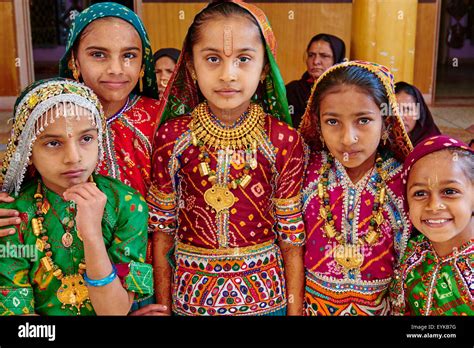
These variations are deeply rooted in genetic adaptations and evolutionary history, influencing not just the quantity but also the texture and color of body hair, highlighting the profound impact of heritage on physical traits.
Other Contributing Factors
While hormones, genetics, age, and ethnicity are the primary determinants, other factors can also play a role, albeit usually to a lesser extent:
- Health Conditions: Certain medical conditions, such as thyroid disorders, polycystic ovary syndrome (though primarily affecting women, adrenal issues can impact men), or adrenal gland disorders, can influence hormone levels and consequently alter body hair growth.
- Medications: Some medications can affect hormone balance or directly impact hair follicles, leading to changes in hair growth.
- Nutrition: Severe nutritional deficiencies can generally impact hair health, though they are less likely to alter the fundamental pattern of growth.

Conclusion
The typical pattern of body hair growth and density in men is a fascinating outcome of a deeply interconnected biological system. It is predominantly shaped by the potent influence of androgens, the inherited genetic blueprint, the natural progression of age, and diverse ethnic backgrounds. Understanding these factors provides valuable insight into male physiology and the rich spectrum of human biological variation, reassuring individuals that their unique hair patterns are a normal expression of these complex interactions.
